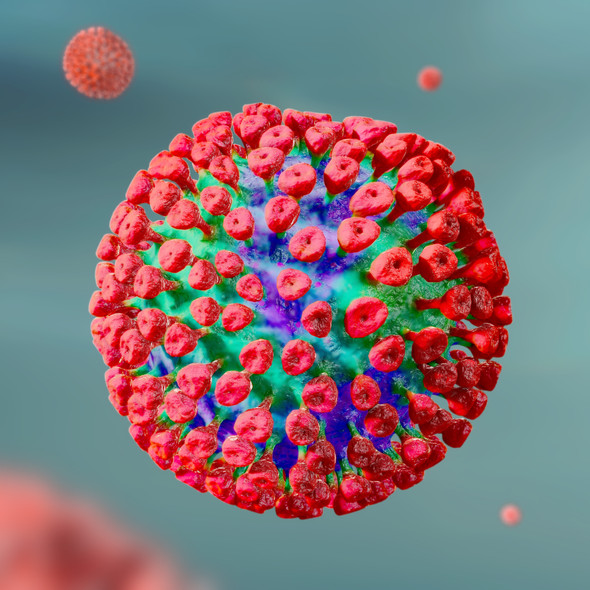Description
CANINE DISTEMPER VIRUS ANTIGEN
Canine Distemper virus (CDV) antigen has been manufactured for use in the detection of antibodies against CDV for immunoassay development or other applications.
PRODUCT DETAILS – CANINE DISTEMPER VIRUS ANTIGEN
- Canine Distemper virus antigen, strain Lederle.
- Native antigen purified from canine distemper virus infected SL-29 cells.
- The antigen is presented in 0.05 Glycine, pH 9.
- This material has been UV and detergent inactivated (<0.1% CHAPS, <0.01% SDS).
- For ELISA development or other applications.
BACKGROUND
Canine distemper is a disease in Canidae (dog, fox, wolf, raccoon dog), Mustelidae (ferret, mink, skunk, wolverine, marten, badger, otter), most Procyonidae (raccoon, coatimundi), some Viveridae (binturong, palm civet), Ailuridae (red panda), Ursidae (bear), Elephantidae (Asian elephant), primates (Japanese monkey), and large Felidae. Domestic dogs (including feral populations) are considered to be the reservoir species in most, if not all, locations.
The disease agent is Canine distemper virus (CDV), a member of Morbillivirus genus in the family Paramyxoviridae, is a significant viral disease of both captive and free-ranging carnivores globally and closely related to the viruses of measles and rinderpest. The fragile, enveloped, single-strand RNA virus is relatively unstable outside the host (Loots et al., 2017). The main route of infection is via aerosol droplet secretions from infected animals and, once infected, dogs may shed virus for several months. The virus initially replicates in the lymphatic tissue of the respiratory tract. A cell-associated viremia results in infection of all lymphatic tissues, which is followed by infection of respiratory, GI, and urogenital epithelium, as well as the CNS and optic nerves. Disease follows virus replication in these tissues. The degree of viremia and extent of viral spread to various tissues is moderated by the level of specific humoral immunity in the host during the viremic period. Overall, the mortality rate is around 50%, with death occurring 2 weeks to 3 months post-infection. With the potential increasing virulence of emerging strains and the wide host range of canine distemper virus, widespread vaccination of domestic dogs is considered essential (Martinez-Gutierrez & Ruiz-Saenz, 2016).
REFERENCES
- Loots et al. (2017). Advances in canine distemper virus pathogenesis research: a wildlife perspective Journal of General Virology, 98:311–321.
- Martinez-Gutierrez, M., & Ruiz-Saenz, J. (2016). Diversity of susceptible hosts in canine distemper virus infection: a systematic review and data synthesis. BMC veterinary research, 12, 78.













